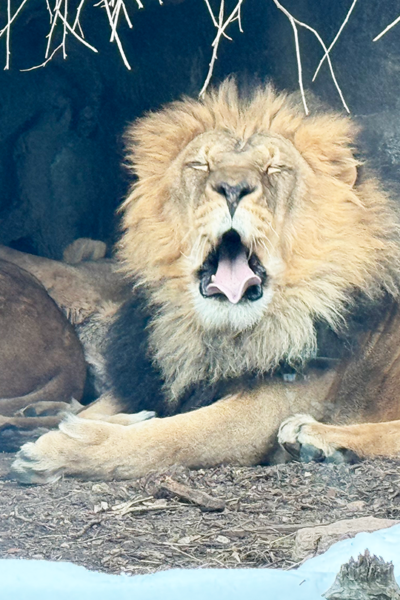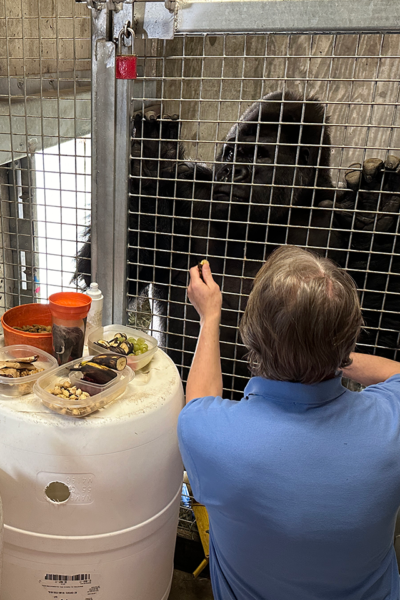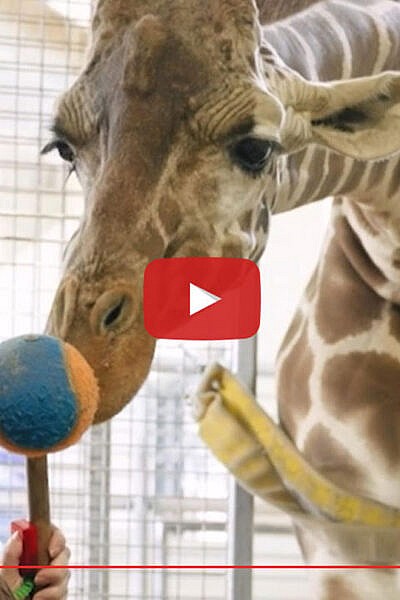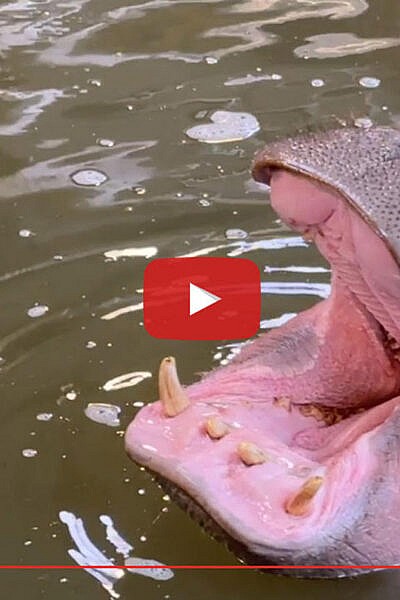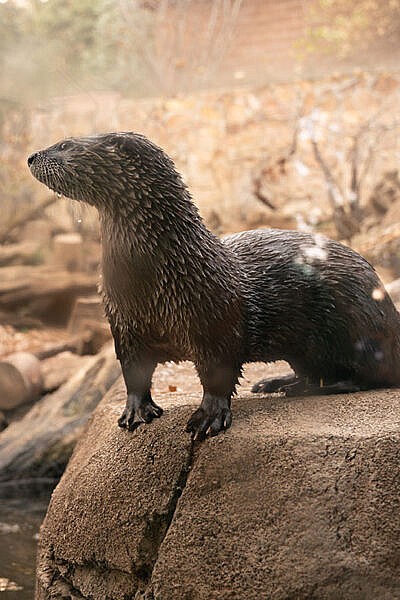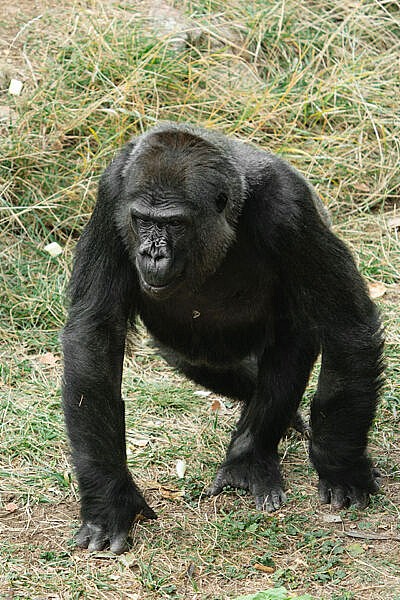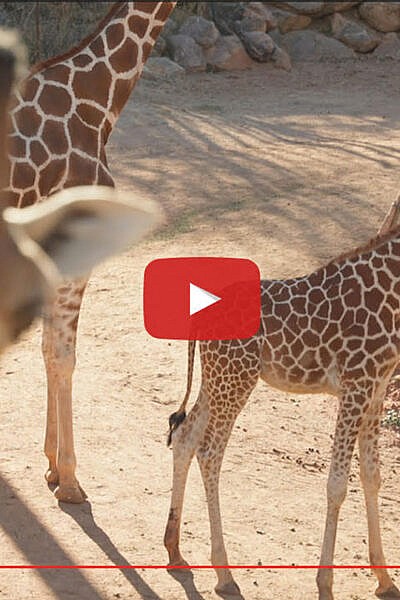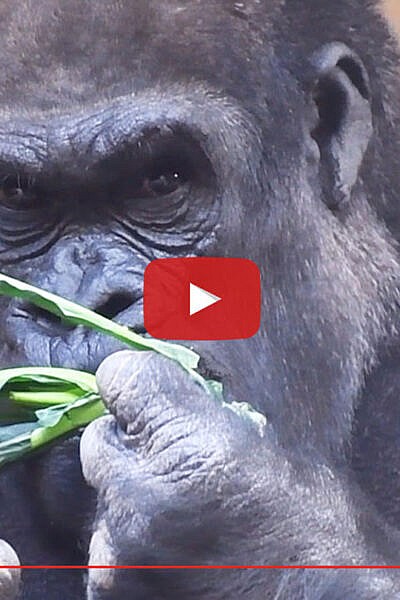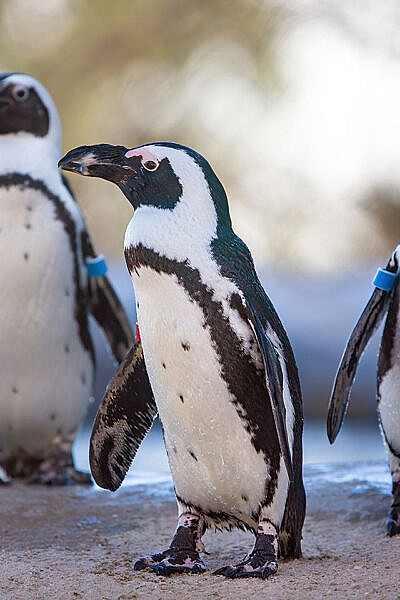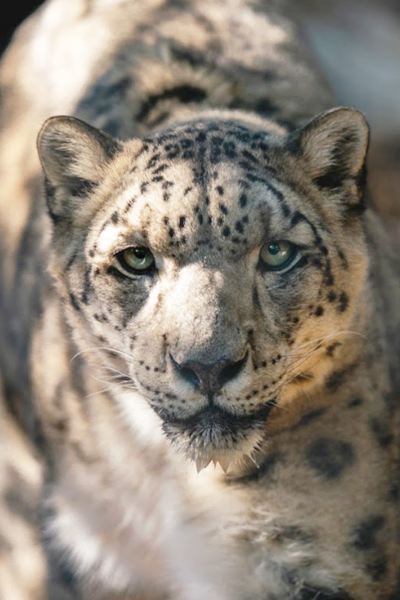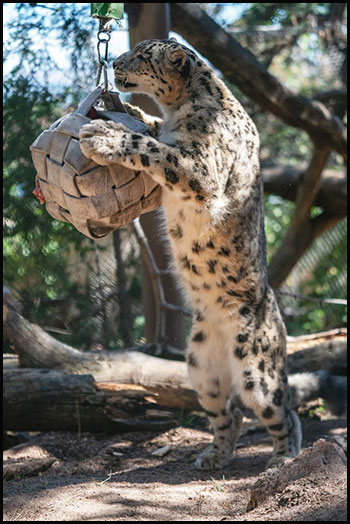African lions are working through a delicate transition in African Rift Valley. The lion keepers’ long-term goal is to provide healthy groupings and vital social interactions for the four related big cats, with Lomela, the mother, bridging the gap for her family.

Aging parents, Abuto (12) and Lomela (16), their daughter, Elsa (8), and their son, Aslan (8), make up the African lion pride at Cheyenne Mountain Zoo. In April 2023, Aslan’s and Elsa’s brother, Boma, moved to San Diego Zoo Safari Park. When Boma and Aslan were about a year-and-a-half old, Abuto told them it was time to go on their own, so the boys formed a coalition and lived together. After Boma began showing signs that he was ready for his own pride last year, which is typical for male lions around that age, CMZoo worked with the Association of Zoos and Aquariums’ (AZA) African Lion Species Survival Plan to find Boma a pride of female lions to live with.
After Boma’s departure from CMZoo, the African lion care team began ‘howdies’ between Elsa and Aslan, so Aslan could have another lion to spend social time with. After their interactions with a protective barrier between them didn’t produce the outcome keepers hoped for, the team started weighing other options.
“We didn’t see anything necessarily alarming between Elsa and Aslan during their howdies, but we didn’t see the calm and interested behaviors we wanted to see,” said Savannah Woods, animal keeper in African Rift Valley. “Re-introducing lions can be dangerous. When you’re deciding whether to give these massive animals access to each other, you want to have the right indications that they’re going to be safe.”
The keepers’ next option was to see if Lomela and Aslan could be re-introduced. It wasn’t their first option because of Lomela’s age and the reality that she might not be around for a lot longer. She has reached the median life expectancy for African lions in human care, according to the AZA.
Lomela and Aslan started howdies a few months ago, and in early February, after seeing several good interactions, the two started sharing space.

“Lomela is calm and assertive, which is what Aslan needs so he can re-learn what is acceptable behavior around female lions,” said Woods. “He is more interested in her than she is in him, so he’ll approach her to smell her, and she will let him get close until she decides she wants more space. Then, she’ll typically hiss or bark at him, and he will back off. He’s being respectful, and she’s communicating really well.”
As introductions continue, the mother and son have been comfortable sharing space. They’re often seen drinking water, engaging with enrichment individually and sleeping in separate areas of the same room, which are signs of comfort.
In a recent introduction, Aslan approached Lomela while she was lying down, and she hissed at him to give her more space. Because he’s getting more comfortable, he’s also testing new limits, and she is responding with new communication methods – in this case, a roar and a single swat to his face. He backed off right away, and they both laid back down. About 30 seconds later, Lomela moved closer to Aslan to get a drink of water, and he watched her calmly without moving. The two are continuing to learn how to interact in ways they’re both comfortable with.
“Their actions can seem a little intense sometimes, but that is just how they communicate,” said Woods. “We will have someone monitoring them during introductions, until we’re confident they’ve developed good social skills together. This new setup doesn’t come without risk, but we have to trust them to continue communicating because, long-term, having these social opportunities is best for the pride. We’re really proud of their progress, and glad we can provide new social opportunities.”
Because of Lomela’s age, keepers will continue to work on howdies between Elsa and Aslan. That plan will likely have Lomela sharing space with Elsa on one side of a protective barrier and Aslan on the other. Lomela’s presence is calming for Elsa, so keepers are leaning on Lomela to help her kids feel comfortable around each other. Unfortunately, aging Lomela won’t always be here to help her family get along, so they’re taking advantage of the time they have with her leadership.
“We’re grateful for Lomela’s leadership and we’re hopeful about the interactions we’ve seen so far,” said Woods. “We appreciate everyone sending the pride their best wishes as they move through these new chapters.”
